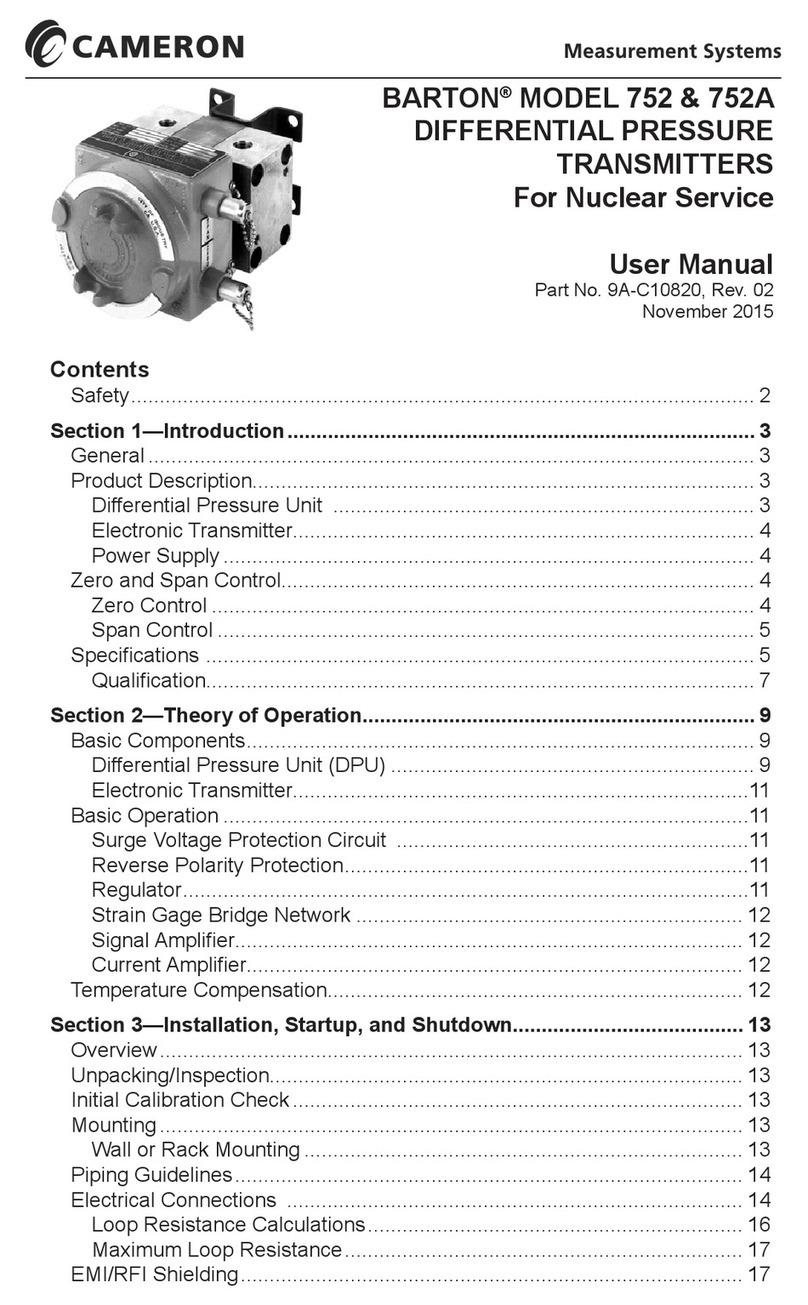
Table of Contents Model 764 Differential Pressure Transmitter
Vibration..................................................................................................13
Piping..........................................................................................................14
Distance ..................................................................................................14
Slope.......................................................................................................14
Process Temperature.............................................................................. 14
Pulsation..................................................................................................14
Leakage...................................................................................................14
High-Pressure Connection..........................................................................14
Manifolding..................................................................................................14
Electrical Connections................................................................................. 15
Load and Line Resistance Calculations..................................................16
EMI/RFI Shielding.......................................................................................18
Initial Calibration Adjustments.....................................................................19
Calibration Check....................................................................................19
Startup Procedure...................................................................................21
Shutdown Procedure...............................................................................21
Section 4—Maintenance ............................................................................. 22
General Field and Periodic Maintenance....................................................22
DPU Inspection and Cleaning .................................................................22
Pressure Check.......................................................................................22
Cleaning the DPU....................................................................................22
Periodic Calibration ....................................................................................23
Transmitter Cover Removal........................................................................25
Transmitter Cover Reinstallation.............................................................25
Operation of the EGS Quick Disconnect Connector Assembly................... 26
Lead Wire/Connector Replacement............................................................27
Removal of the EGS Quick Disconnect Connector Assembly................. 27
Installation of the EGS Quick Disconnect Connector Assembly.............. 27
Removal of the Barton Style Connector Assembly.................................. 29
Installation of the Barton Style Connector Assembly............................... 29
Troubleshooting..........................................................................................31
Section 5—Assembly Drawing and Parts List........................................... 32
Section 6—Dimensional Drawings ............................................................. 34
Product Warranty........................................................................................35
Product Brand..............................................................................................35





























